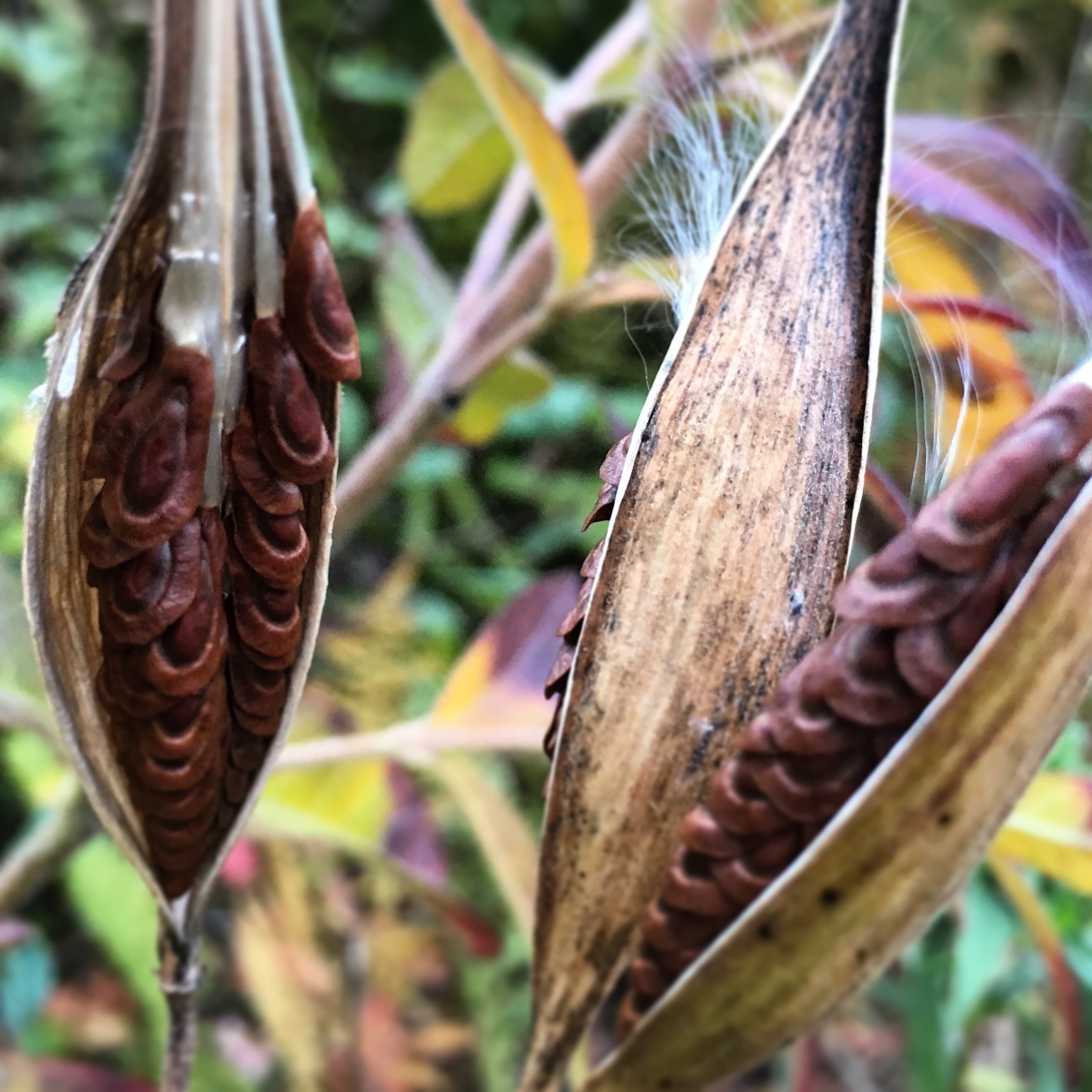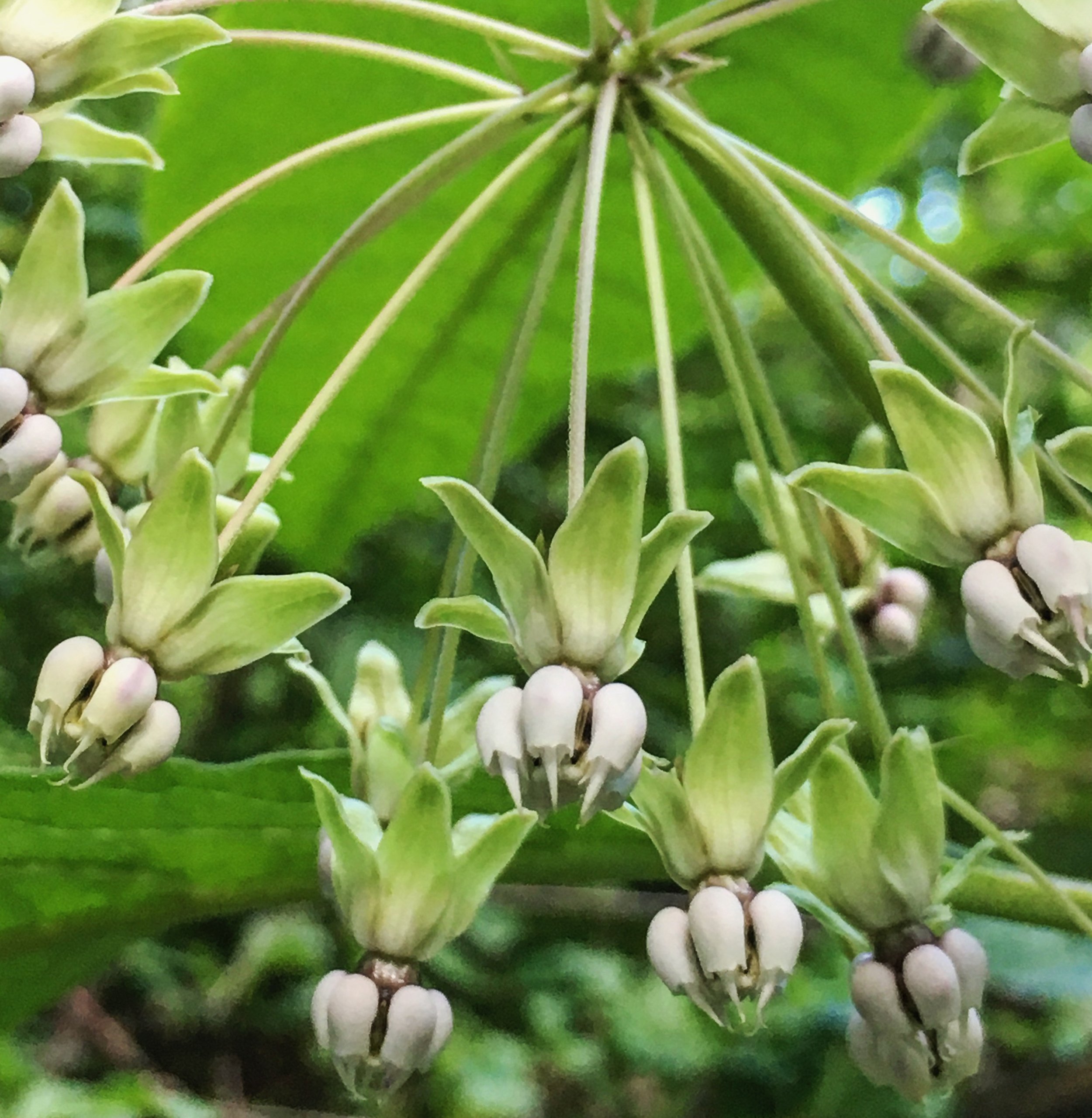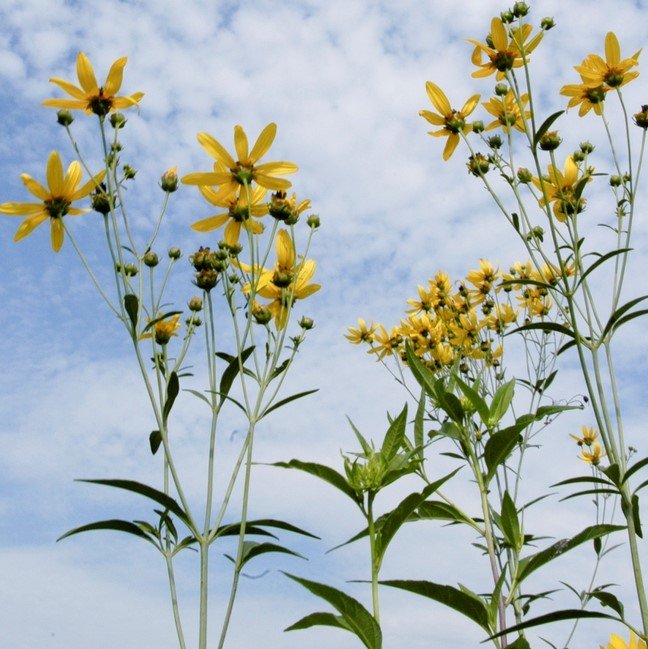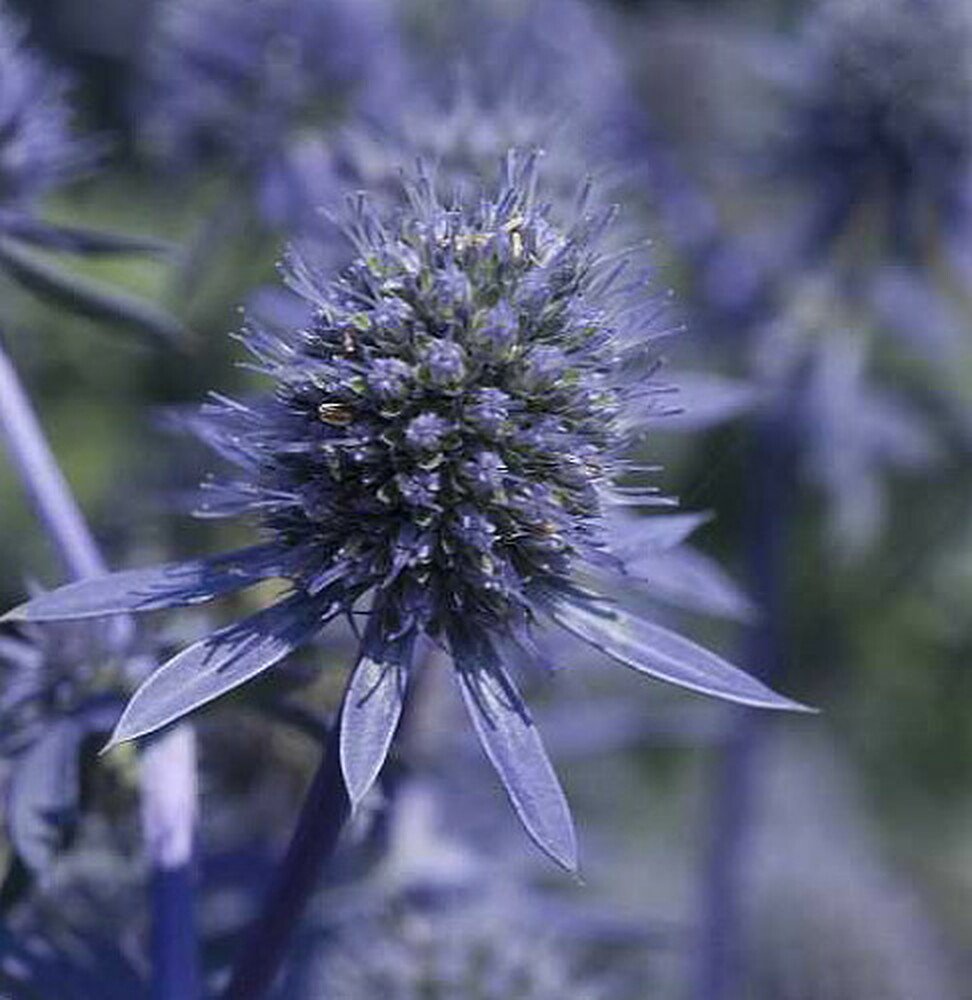
About Our Plants
The beauty of the Northeast landscape is both rugged and delicate. From spring-blooming wildflowers to brilliant fall color, it is ever changing and diverse. Tiny Meadow Farm grows native and naturalized plants to help you create a beautiful garden that is a extension of the natural world.
Our nursery plants are organized into categories based on native range and provenance. Read about each category below.
Local Ecotypes
Tiny Meadow Farm’s nursery serves as a living seed bank. Our goal is to locally source seed for as many native wildflowers and grasses as possible. This seed, responsibly collected from robust wild populations, is then used in a multi-year effort to commercially produce local ecotypes of a variety of native plants endemic to the area. Wild seed collecting is time consuming and sometimes unsuccessful despite the best efforts of experienced botanists and seed collectors, but this wild collected seed serves as an essential source of local genetics. By using local ecotypes in your garden, you are helping to conserve local flora and can be assured that the plants in your garden are specifically adapted to your location and are appropriate for creating long-lasting natural habitats at any scale.
Northeast Native Plants
This category includes species that have known local natural origins, but for which local wild seed is not available. In this case, Tiny Meadow Farm relies on conservation nurseries that are growing and collecting seed as close to us as possible to provide the seeds for the plants we grow. Because these species originally existed locally, they are appropriate for the regional landscape, and sourcing seeds from these nurseries ensures that we are producing plants that have a broad range of genetic diversity. Most plants in this category, like local ecotypes, are propagated from seed. Seed propagation takes longer and is more expensive than vegetative propagation (which is used by most commercial nurseries), but forms part of the foundation of our garden ethic by ensuring that our plants are not clones, but genetically diverse specimens that contribute to a species ongoing ability to adapt and evolve.
Eastern U.S. Native Plants
In addition to ecotypes and locally native species, we also offer a collection of plants native to the Eastern United States. Some of these plants may originate from regions slightly west or south of us, but over time they have proven to be valuable plants in local gardens. While they may not be appropriate for projects where exacting habitat restoration is the goal, the inclusion of these species in residential landscapes and civic garden spaces has its merits. They often provide food, habitat and forage for pollinators and local fauna, are widely adaptable to varying site conditions and garden cultivation, and many are highly deer resistant. Some of our most beloved “native” species and favorite pollinator plants fall into this category, including anise hyssop, prairie dropseed, and purple coneflower.
Garden Perennials
Tiny Meadow Farm recommends that gardeners plant at least 80% of their garden in native species to support local ecology. This practice leaves room for other beloved plants, whether edibles, herbs, or cut flowers, or plants that simply connect us to our own lives and sense of history. The perennials included here have been curated to enhance any landscape. From compact perennials that work well in small gardens and perennials with handsome foliage that persists all season long to early spring bloomers for sunny, dry spots, these selections are noted for their exceptional deer resistance based on decades of gardening experience. They are all extremely reliable and behave in the larger landscape.
Annual Flowers and Herbs
We produce our plants sustainably, without heated greenhouses that require supplemental light and fuel during late winter and spring. As such, we do not offer many annual flower and vegetable transplants ready in early spring—plants that are typically weeks or months ahead of the natural growing season. But over the years we have found a selection of annuals that work with our production system, and we are happy to include a small collection of our favorites in our nursery catalog. Our small annual collection typically consists of specialty varieties that are not available from larger garden centers. These plants reflect our own personal garden aesthetic, and may not match yours, but we do stand behind all these varieties as being easy-to-grow reliable garden additions.





